Things, from the Old Norse word þing meaning assembly, were an early system of justice and administration. When Vikings and early Norse settlers arrived in a new place, they brought with them their customs and legal systems.
Published: 10 September 2020
Things, from the Old Norse word þing meaning assembly, were an early system of justice and administration. When Vikings and early Norse settlers arrived in a new place, they brought with them their customs and legal systems. Things were where political decisions were made, laws upheld and disputes settled. They acted as meeting places and were often the focus for trade and religious activity. Things are found throughout the Viking world and we can build up a picture of these places through historical and oral accounts, archaeological and place-name evidence. Many sites can be identified by ting, thing, ding and fing place-names. Examples include Tingvalla (Sweden), Gulating (Norway), Þingvellir (Iceland), Tinganes (Faroe Islands), Tingsted (Denmark), Tingwall (Orkney), Dingwall (Highland), Tiongal (Lewis), Dingbell Hill (Northumberland), Thingwala and Fingay Hill (N Yorks), Ting Moot (Cumbria), Thingwall (Merseyside and the Wirral), Thinghou (Lincs), Thingoe (Suffolk), Fingest (Bucks) and Thingmote (Dublin). The Manx parliament is still called the Tynwald and once a year returns to the ancient meeting place at Tynwald Hill for a ceremony which includes the proclamation of all new laws created during the year and the opportunity for public grievances to be heard, followed by a day of markets and entertainment, continuing the 1000-year-old tradition.
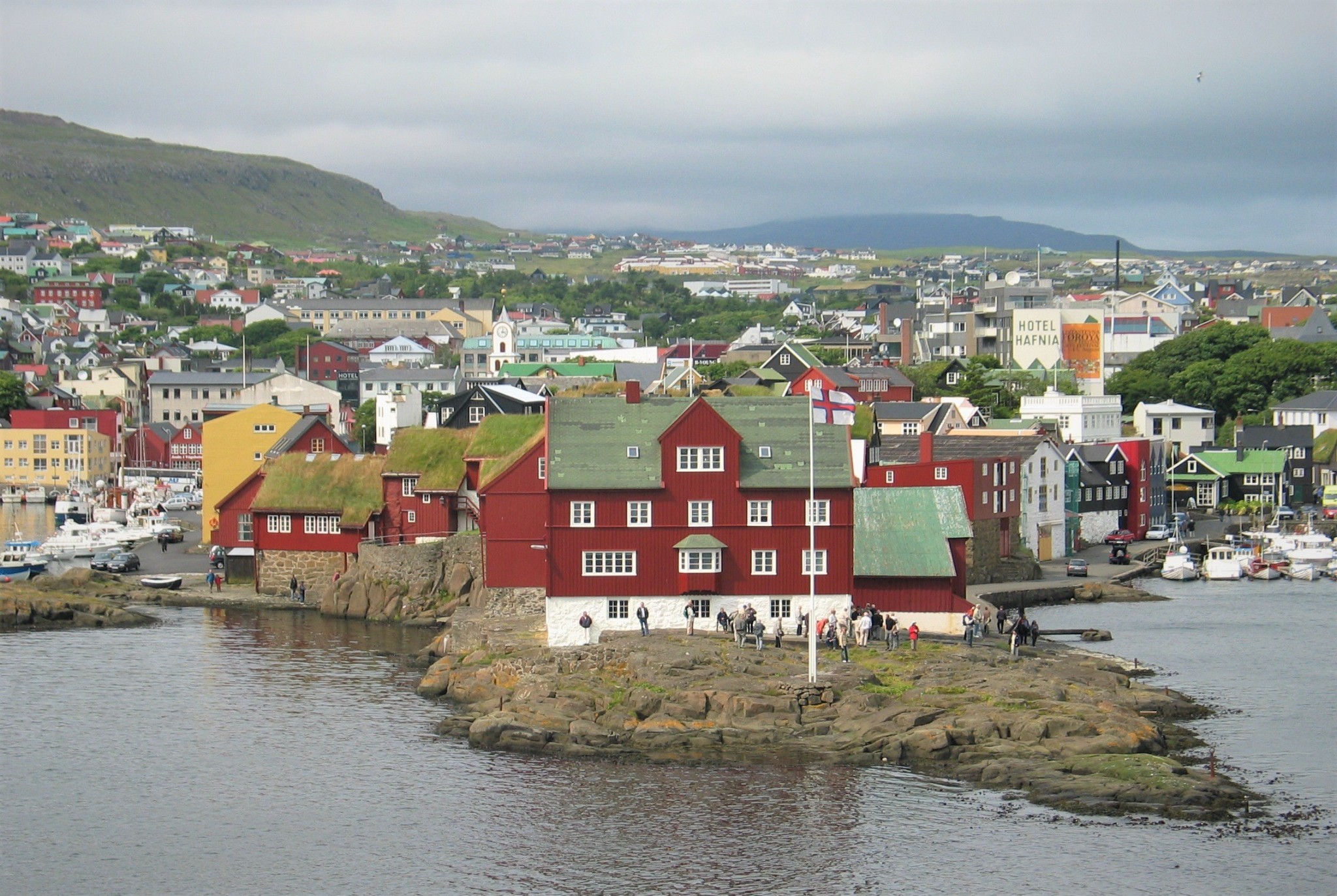
for over a thousand years (Frank Bradford)
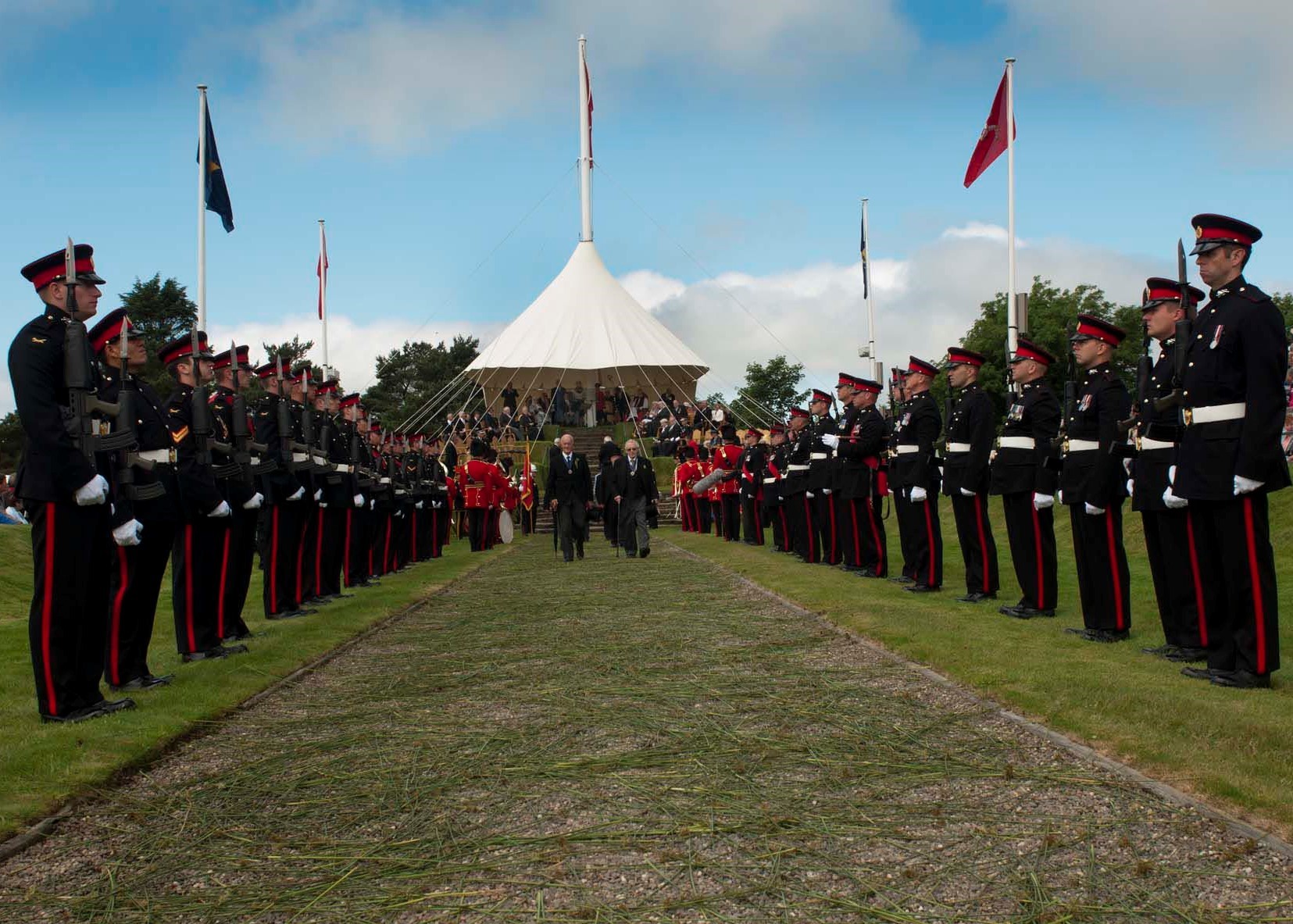
Tynwald Hill in the Isle of Man (Frank Bradford)
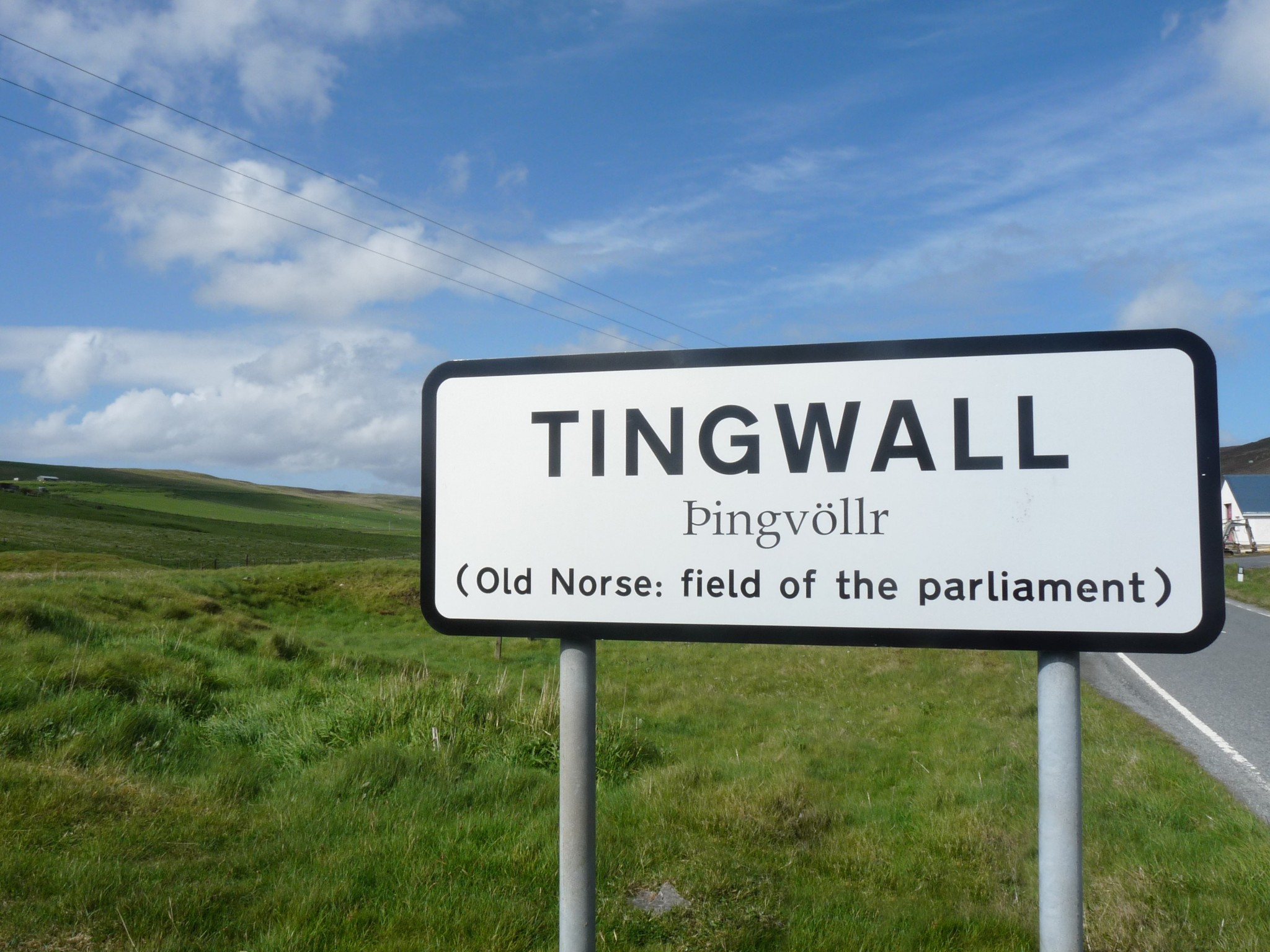
In Shetland the lawting met at Tingwall until the 1570s when it was moved to Scalloway. A 1532 document records the meeting on Tingaholm, also known as Lawting Holm, at the north end of Tingwall Loch. The islet was linked to the mainland with a causeway, now a grassy promontory. Many of Shetland’s parish names also include the element ting, suggesting that there was once a local assembly held in the area. Most names refer to townships - Aith in Aithsting, Dale in Delting, Sand in Sandsting and Lunna in Lunnasting. Some of these places were sites of parish churches and may well have been home to influential figures in the middle ages.
Other ting names exist in early documents but have gone out of use. Gnípnaþing occurs in documents from 1510 and 1682. The name means the ting at the neaps (gnípa – a high steep hill) and oral tradition suggests this was around the township of Neap, in Nesting. Nesting is also a ting name, meaning the ting at the ness. Þvætaþing and Rauðarþing are both recorded in a charter from 1321. Faroese place-name scholar Jakob Jakobsen suggested Þvæitaþing may have been on the Westside, in the area where there are several twatt names (þveit – a piece of grass among rocks of trees) and Rauðarþing may be Northmavine or just the northerly tip at North Roe.
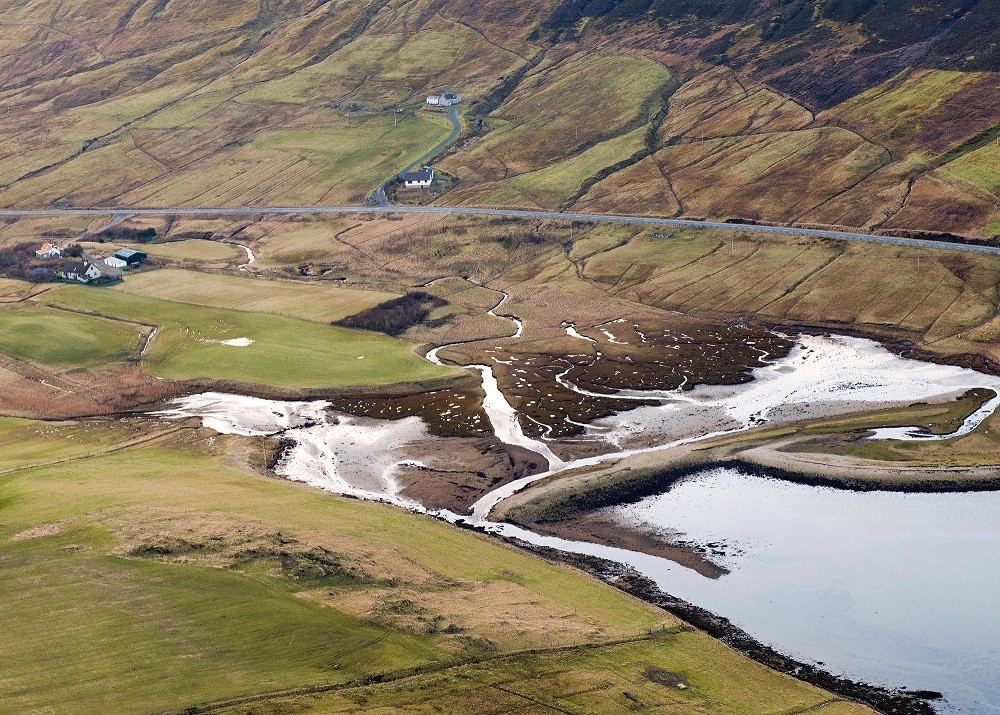
Other local meeting places may have been held in Unst, Yell, Fetlar, Papa Stour and Skerries. A document records a ting at Gardie in Yell on midsummer’s day 1538, probably giving the name Gardiestaing, rather than it being named after the taing (tongue) at the shore. This meeting shows how important these local tings were. On this occasion the lawman of Shetland was present, along with lawrightmen from Yell and Unst, a dozen assessors, and even a representative of the King.
Not only ting names are connected to the law courts. The place-name herra refers to what seems to be an older administrative division. An old tradition recorded in Fetlar in the 1890s states that the island was once divided into three small districts, one of which was the present day Herra. Each district was said to have had its own ting. There are also Herras in Yell, Lunnasting and Tingwall.
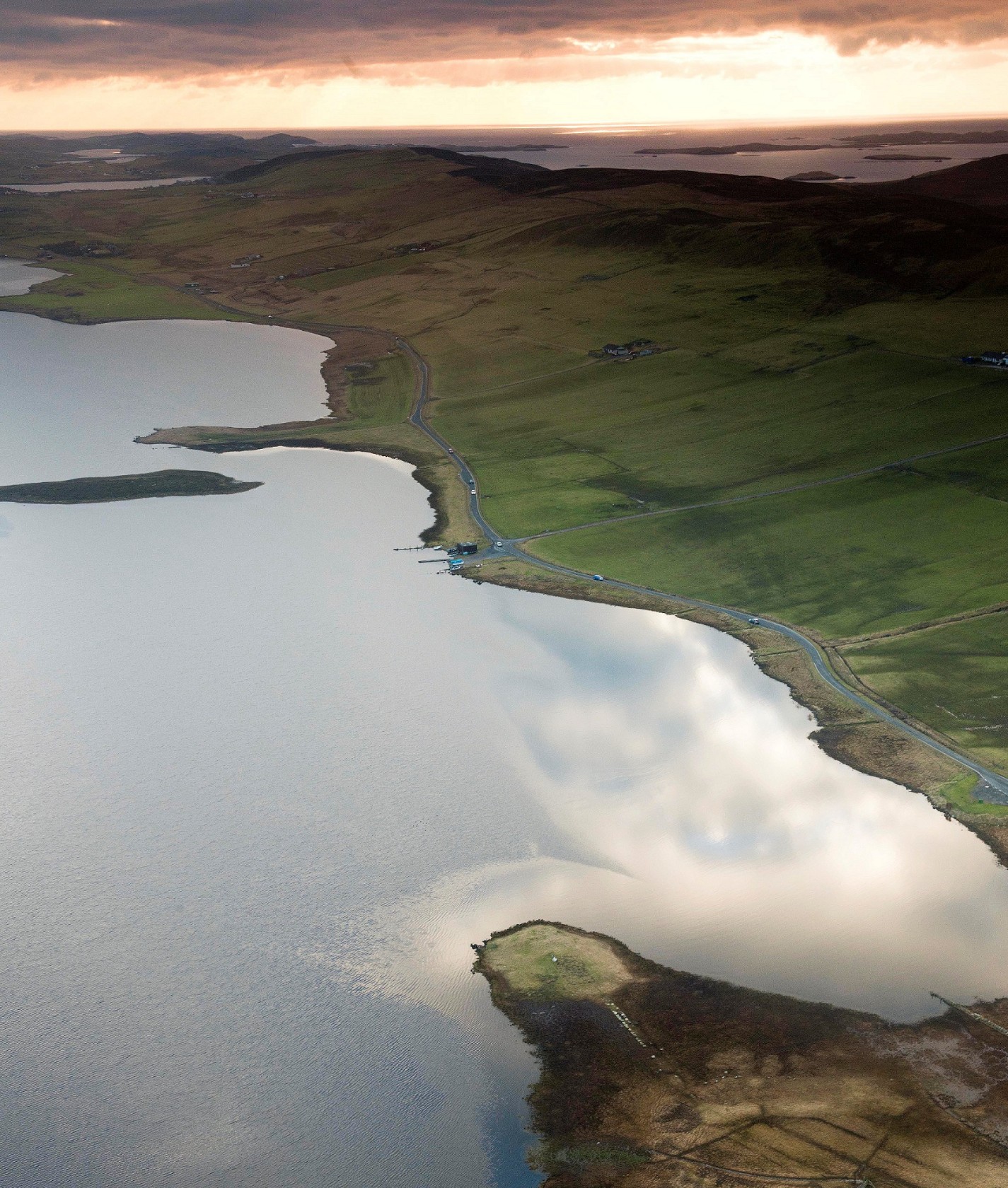
once met (Frank Bradford)
If you have stories or information regarding locations or activities at any of our tings or herras, please email placenames@shetlandamenity.org For more information on some North Atlantic things see www.thingsites.com
Eileen Brooke-Freeman, Shetland Place Names expert
We hope you have enjoyed this blog.  We rely on the generous support of our funders and supporters to continue our work on behalf of Shetland. Everything we do is about caring for Shetland's outstanding natural and cultural heritage on behalf of the community and for future generations. Donations are welcomed and are essential to our work.
We rely on the generous support of our funders and supporters to continue our work on behalf of Shetland. Everything we do is about caring for Shetland's outstanding natural and cultural heritage on behalf of the community and for future generations. Donations are welcomed and are essential to our work.

